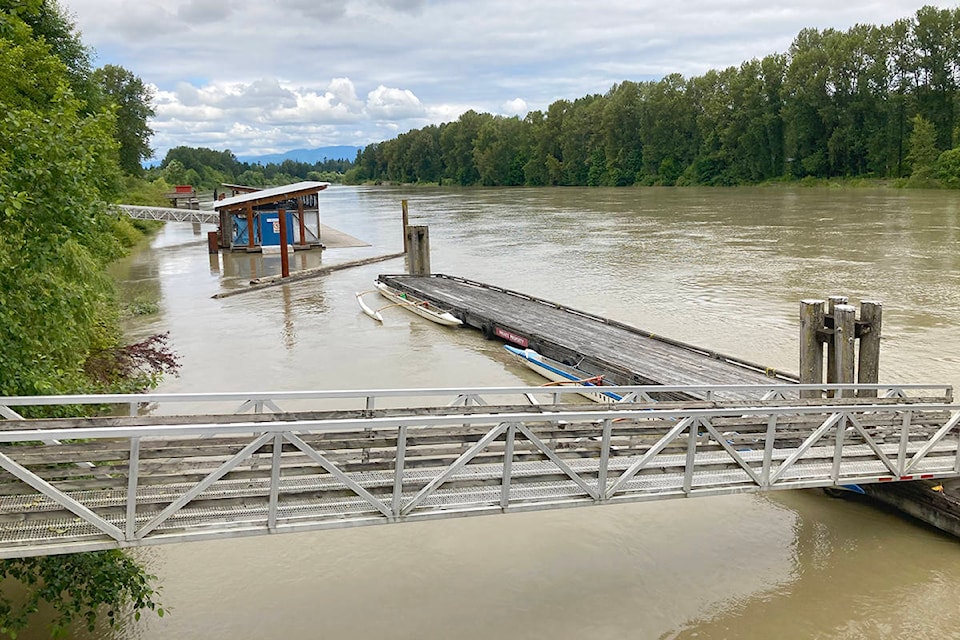Kwantlen First Nation is one of two dozen local governments and First Nations that will receive some financial help to be better prepared for flooding.
Kwantlen will receive $150,000 as part of the Lower Mainland Coast Salish First Nation flood risk assessment.
The province announced the $3.46 million in funding Thursday. This funding is part of the nearly $69.5 million Community Emergency Preparedness Fund (CEPF), designed to help communities prepare for, and respond to, disasters.
The money is earmarked for for flood risk assessment, flood mapping and flood mitigation planning.
“I have seen first-hand the loss and devastation catastrophic flooding can have on people, families and entire communities,” said Mike Farnworth, Minister of Public Safety and Solicitor General.
“In order to reduce the effect of flooding on people and their livelihoods, we are investing now to support flood risk assessments, mitigation and planning work. These projects help create resiliency by improving the capacity of local government and First Nations to respond to and recover from severe flooding events.”
Since the September 2017 budget update, communities and governments throughout B.C. have received more than $52 million through the CEPF.
“Preparation and mitigation are two critical pillars of emergency management,” said Jennifer Rice, Parliamentary Secretary for Emergency Preparedness.
“Knowing which hazards exist and how to address them is a cornerstone of preparedness. I’m proud of our government for providing the necessary tools before a disaster hits to lay a strong foundation for improved response and recovery outcomes in our communities. I’m also encouraged to see co-operative projects between communities like Haida Gwaii and northwest Vancouver Island around regional tsunami mapping.”
The province provides the funding, which is administered by the Union of B.C. Municipalities and divided into seven streams:
1. Flood risk assessment, flood mapping and flood mitigation planning
2. Emergency support services
3. Emergency operations centres and training
4. Structural flood mitigation
5. Evacuation routes
6. Indigenous cultural safety and cultural humility training
7. Volunteer and composite fire departments equipment and training
